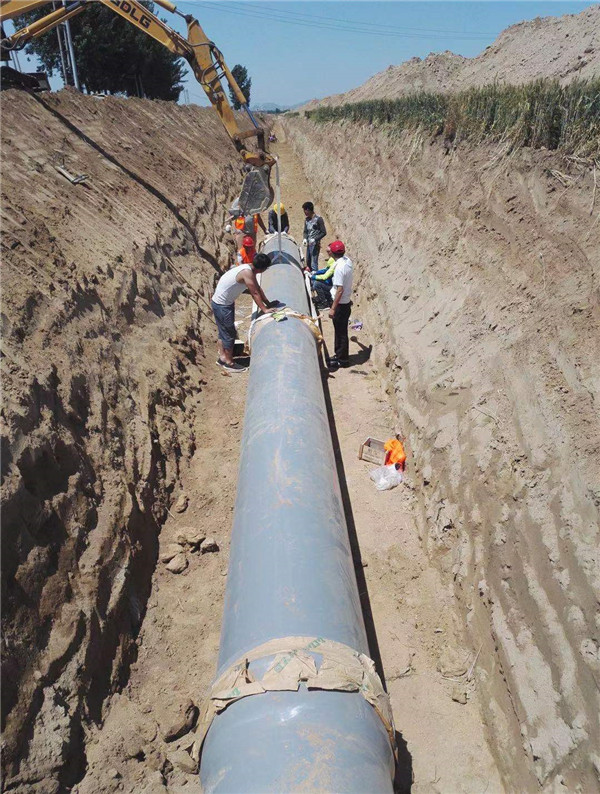Zář . 05, 2024 10:20 Back to list
hdpe sheet thickness
Understanding HDPE Sheet Thickness Key Considerations and Applications
High-Density Polyethylene (HDPE) sheets are versatile materials widely used in various industries due to their durability, chemical resistance, and ease of fabrication. One crucial factor that determines the suitability of HDPE sheets for specific applications is their thickness. In this article, we will explore the importance of HDPE sheet thickness, the factors that influence it, and its implications for different applications.
What is HDPE?
HDPE is a type of polyethylene characterized by its high strength-to-density ratio. It is known for its impact resistance, low moisture absorption, and exceptional resistance to chemicals and UV radiation. These properties make HDPE an excellent choice for many applications, including construction, packaging, and manufacturing.
The Importance of Thickness
The thickness of HDPE sheets can vary significantly, typically ranging from 0.5 mm to over 100 mm. The chosen thickness impacts the material's strength, rigidity, and weight. Thicker sheets generally offer greater structural integrity and are better suited for heavy-duty applications. However, they may also increase material costs and affect the ease of handling and fabrication.
Factors Influencing Sheet Thickness Selection
1. Application Requirements Different applications have distinct requirements. For example, HDPE sheets used for industrial containers or heavy-duty liners might require greater thickness to withstand stress and impact, while those used for packaging or lightweight applications can be thinner.
2. Environmental Conditions Exposure to harsh environmental conditions can necessitate thicker sheets. Applications involving outdoor exposure, extreme temperatures, or abrasive materials might benefit from increased thickness to enhance durability.
hdpe sheet thickness

3. Regulatory Standards Certain industries have specific regulatory standards that dictate minimum acceptable thickness for safety and performance. Understanding these requirements is essential when selecting HDPE sheets for compliance.
4. Cost Considerations Thicker sheets are often more expensive. Organizations must balance the need for strength and durability with budget constraints. Therefore, a thorough analysis of operational requirements and cost implications is crucial.
5. Fabrication and Joining Techniques The thickness of the HDPE sheet can also affect the choice of fabrication methods such as welding, cutting, or drilling. Thicker sheets may require specialized equipment and techniques for joining.
Applications Across Industries
HDPE sheets find applications in a myriad of industries. In construction, thicker sheets are commonly used for geomembranes in landfills and aquaculture due to their strength and UV resistance. In the agriculture sector, HDPE is used for irrigation pipes, storage tanks, and protective coverings. The automotive industry employs HDPE sheets in the manufacture of various components due to their lightweight and resilient nature.
In the packaging industry, lighter and thinner HDPE sheets are used for creating containers, bags, and other packaging materials that require flexibility and resistance to moisture.
Conclusion
Choosing the right thickness for HDPE sheets is critical for ensuring their performance and longevity in various applications. By considering factors such as application requirements, environmental conditions, regulatory standards, cost, and fabrication methods, manufacturers and consumers can make informed decisions. Ultimately, understanding the implications of thickness in HDPE sheets can lead to enhanced efficiency, safety, and sustainability in numerous industries.
-
Premium CPVC Sheet: High-Temp & Chemical Resistant Solutions
NewsAug.15,2025
-
Durable PPR Pipe for Hot & Cold Water Systems - Easy Install
NewsAug.14,2025
-
Durable HDPE Sheet | Versatile & Impact-Resistant Plastic
NewsAug.13,2025
-
Premium PVC Soft Sheets: Clear, Flexible & Durable
NewsAug.12,2025
-
Premium PVC Round Rods: Durable, Chemical Resistant, Easy to Machine
NewsAug.11,2025
-
PP U-channel: Chemical-Resistant, Lightweight & Durable
NewsAug.10,2025

